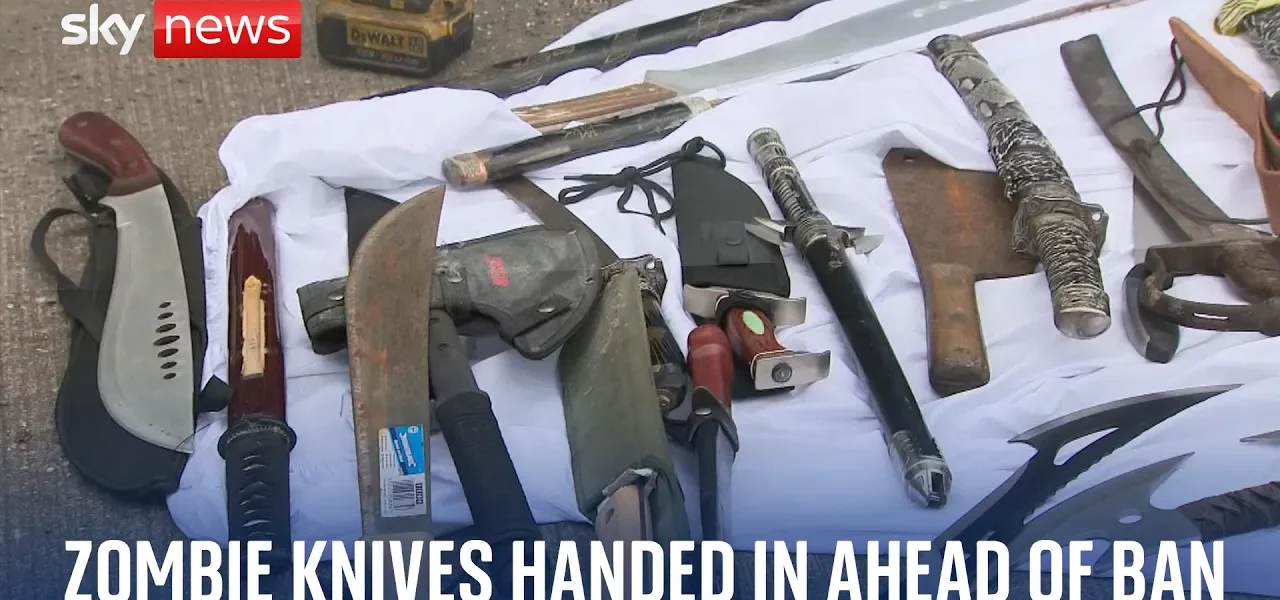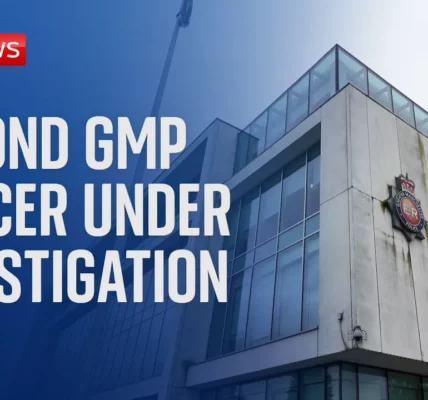Zombie Knives: A Ban on Instruments of Violence

This article delves into the recent legislative changes regarding zombie knives in England and Wales, examining the implications for public safety, the complexities of knife crime, and the ongoing struggle to reduce violence in communities.
Introduction
Zombie knives, notorious for their association with violence and intimidation, have sparked significant public concern and government action. Initially banned in 2016, the legislation was deemed insufficient, leading to a revised ban that took effect recently. This article explores the implications of this ban, the ongoing issues surrounding knife crime, and the broader context of weapon availability in the UK.
The Nature of Zombie Knives
Zombie knives are characterized by their grotesque designs and are often marketed for decorative or novelty purposes. Despite their intended use, these knives have become synonymous with street violence and criminal activity.
Definition and Characteristics
Typically, zombie knives feature:
- Bright colors and elaborate designs
- Large, intimidating blades
- Often marketed as “collectible” items
Public Perception
The public’s perception of zombie knives is heavily influenced by media reports linking them to violent incidents, further fueling the call for stricter regulations.
Legislative Changes: The Ban on Zombie Knives
The UK government has made several attempts to regulate the sale and possession of zombie knives, culminating in the recent ban. This section analyzes the timeline and motivations behind these legislative changes.
History of Legislation
- First ban introduced in 2016.
- Revisions made due to loopholes and ineffective enforcement.
- Current ban implemented to address ongoing issues of knife violence.
Government’s Rationale
The government aims to reduce the availability of dangerous weapons, asserting that removing zombie knives from circulation will contribute to overall public safety.
Impact on Knife Crime
While banning zombie knives is a step towards reducing knife crime, experts argue that it is not a comprehensive solution. This section discusses the broader challenges in addressing knife violence.
Statistics on Knife Crime
In recent years, the UK has seen an alarming rise in knife-related incidents, with at least 42 children under 16 having been killed since the initial ban on zombie knives. This statistic highlights the urgency and complexity of the issue.
Limitations of the Ban
Critics of the ban argue that:
- It may merely displace the problem rather than eliminate it.
- Other types of knives, such as ninja swords, remain widely available.
- Enforcement of the ban poses significant challenges for law enforcement agencies.
Community Reactions and Advocacy
The response from communities affected by knife crime has been mixed. Advocacy groups stress the need for a more holistic approach to tackle the root causes of violence.
Voices of the Affected
Families who have lost loved ones to knife violence, such as the mother of Tamim, a victim of stabbing, advocate for broader measures beyond just banning zombie knives.
Calls for Comprehensive Solutions
Advocates suggest that solutions should include:
- Enhanced community programs for youth engagement.
- Stricter regulations on all types of knives and weapons.
- Improved mental health support and intervention strategies.
Conclusion
The recent ban on zombie knives in England and Wales is a significant move towards addressing the issue of knife crime, but it is not a silver bullet. As the government continues to refine its approach to weapon regulation, it must consider the broader context of violence prevention. Community voices and comprehensive strategies are essential in creating a safer society. To stay informed about ongoing efforts to combat knife crime and other public safety initiatives, consider exploring our related articles on community safety and violence prevention.
“`




